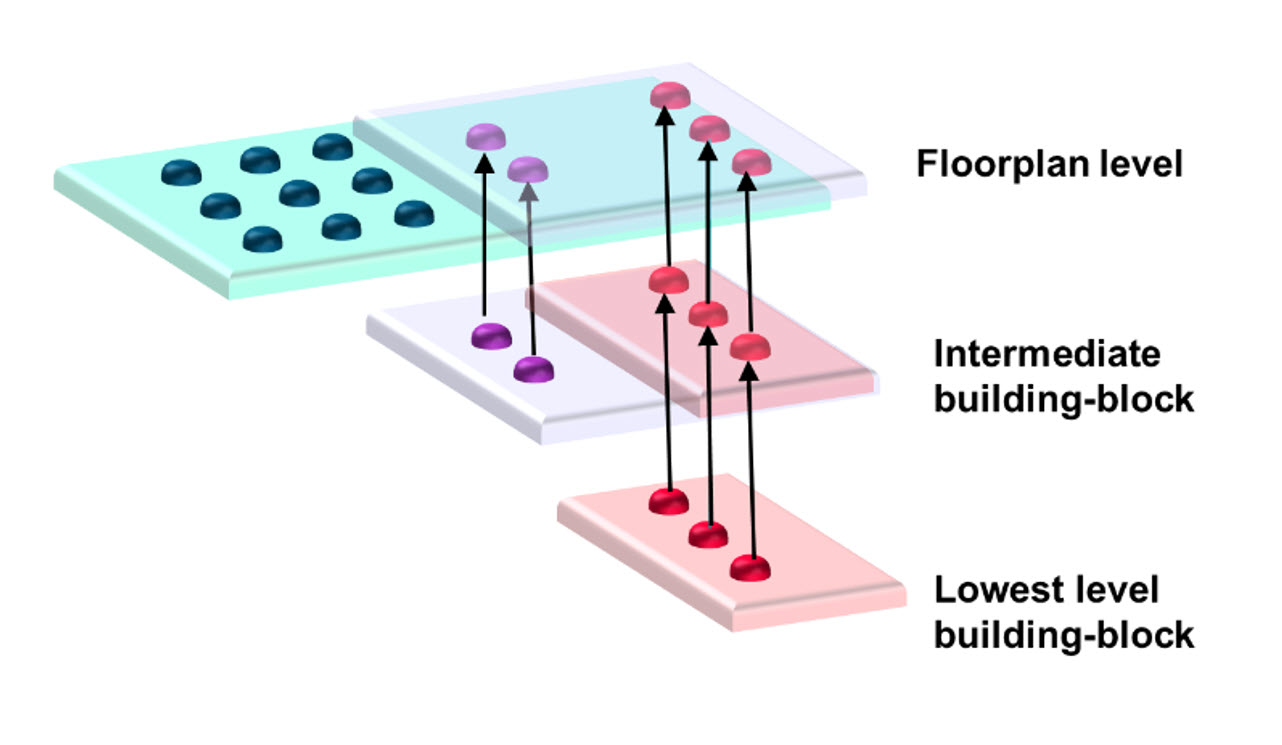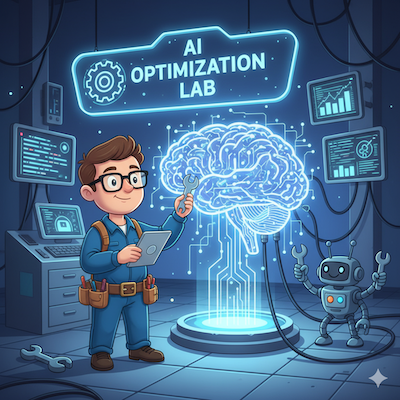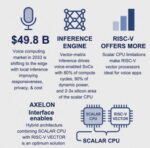Another content-rich kickoff covering a lot of bases under three main themes: the new Millennium AI supercomputer release, a moonshot towards full autonomy in chip design exploiting agentic AI, and a growing emphasis on digital twins. Cadence President and CEO Anirudh Devgan touched on what is new today, and also market directions… Read More
 Hierarchically defining bump and pin regions overcomes 3D IC complexityBy Todd Burkholder and Per Viklund, Siemens EDA…Read More
Hierarchically defining bump and pin regions overcomes 3D IC complexityBy Todd Burkholder and Per Viklund, Siemens EDA…Read More CDC Verification for Safety-Critical Designs – What You Need to KnowVerification is always a top priority for any…Read More
CDC Verification for Safety-Critical Designs – What You Need to KnowVerification is always a top priority for any…Read More Ceva Unleashes Wi-Fi 7 Pulse: Awakening Instant AI Brains in IoT and Physical RobotsIn the rapidly evolving landscape of connected devices,…Read More
Ceva Unleashes Wi-Fi 7 Pulse: Awakening Instant AI Brains in IoT and Physical RobotsIn the rapidly evolving landscape of connected devices,…Read More Adding Expertise to GenAI: An Insightful Study on Fine-TuningI wrote earlier about how deep expertise, say…Read More
Adding Expertise to GenAI: An Insightful Study on Fine-TuningI wrote earlier about how deep expertise, say…Read More EDA Has a Value Capture Problem — An Outsider’s ViewBy Liyue Yan (lyan1@bu.edu) Fact 1: In the…Read More
EDA Has a Value Capture Problem — An Outsider’s ViewBy Liyue Yan (lyan1@bu.edu) Fact 1: In the…Read MoreSemiconductor Market Uncertainty
WSTS reported 1st quarter 2025 semiconductor market revenues of $167.7 billion, up 18.8% from a year earlier and down 2.8% from the prior quarter. The first quarter of 2025 was weak for most major semiconductor companies. Ten of the sixteen companies in the table below had declines in revenue versus 4Q 2024, ranging from -0.1% from… Read More
Design-Technology Co-Optimization (DTCO) Accelerates Market Readiness of Angstrom-Scale Process Technologies
Design-Technology Co-Optimization (DTCO) has been a foundational concept in semiconductor engineering for years. So, when Synopsys referenced DTCO in their April 2025 press release about enabling Angstrom-scale chip designs on Intel’s 18A and 18A-P process technologies, it may have sounded familiar—almost expected. … Read More
Optimizing an IR for Hardware Design. Innovation in Verification
Intermediate representations (IRs) between high level languages (C++, AI, etc.) and machine language are both commonplace (witness LLVM) and a continuing active area of research. Paul Cunningham (GM, Verification at Cadence), Raúl Camposano (Silicon Catalyst, entrepreneur, former Synopsys CTO and lecturer at Stanford,… Read More
WEBINAR: PCIe 7.0? Understanding Why Now Is the Time to Transition
PCIe is familiar to legions of PC users as a high-performance enabler for expansion slots, especially GPU-based graphics cards and M.2 SSDs. It connects higher-bandwidth networking adapters and niche applications like system expansion chassis in server environments. Each PCIe specification generation has provided a leap… Read More
Andes Technology: Powering the Full Spectrum – from Embedded Control to AI and Beyond
As the computing industry seeks more flexible, scalable, and open hardware architectures, RISC-V has emerged as a compelling alternative to proprietary instruction set architectures. At the forefront of this revolution stands Andes Technology, offering a comprehensive lineup of RISC-V processor solutions that go far beyond… Read More
Voice as a Feature: A Silent Revolution in AI-Enabled SoCs
When Apple introduced Siri in 2011, it was the first serious attempt to make voice interaction a mainstream user interface. Embedded into the iPhone 4S, Siri brought voice into consumers’ lives not as a standalone product, but as a built-in feature—a hands-free way to interact with an existing device. Siri set the expectation… Read More
From All-in-One IP to Cervell™: How Semidynamics Reimagined AI Compute with RISC-V
In an era where artificial intelligence workloads are growing in scale, complexity, and diversity, chipmakers are facing increasing pressure to deliver solutions that are not only fast, but also flexible and programmable. Semidynamics recently announced Cervell™, a fully programmable Neural Processing Unit (NPU) designed… Read More
Executive Interview with Mohan Iyer – Vice President and General Manager, Semiconductor Business Unit, Thermo Fisher Scientific
Mohan Iyer serves as the Vice President and General Manager of the Semiconductor Business Unit at Thermo Fisher Scientific, a global leader in providing reference metrology, defect characterization, and localization equipment. These advanced systems are essential for driving innovation, accelerating time to market, and… Read More
CEO Interview with Jason Lynch of Equal1
For more than 20 years, Jason has delivered high impact results in executive management. Prior to Equal1, he held several executive management positions at Analog Devices, Hittite and Farren Technology. In these roles, Jason built and managed large teams comprising sales, operation and finance and was responsible for significant… Read More









AI RTL Generation versus AI RTL Verification